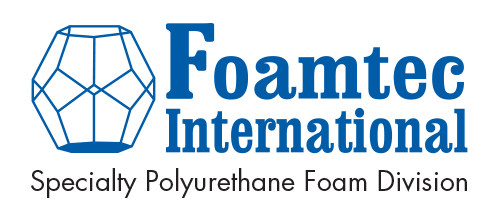Polyurethane Foam in Aerospace: Gaskets and Sealing Solutions
When it comes to the aerospace industry, precision, reliability, and safety are paramount. In this high-stakes field, even seemingly small components like gaskets and seals play a critical role in ensuring the integrity of aircraft and spacecraft. Polyurethane foam has emerged as a versatile and dependable material for gaskets and sealing solutions in aerospace applications.
The Unique Properties of Polyurethane Foam
Polyurethane foam is a synthetic material known for its exceptional versatility. It is made by reacting polyol and isocyanate, which, when combined, undergo a chemical reaction that forms a cellular structure. This cellular structure can be tailored to meet the specific requirements of aerospace gaskets and seals.
1. Density and Compression Resistance
Polyurethane foam can be engineered with varying densities, making it suitable for a wide range of sealing applications. The higher the density, the better the foam resists compression, making it ideal for gaskets that need to maintain their shape and sealing properties under pressure, as is often the case in aerospace.
2. Chemical and Temperature Resistance
Aerospace environments can expose gaskets and seals to a variety of chemicals and extreme temperatures. Polyurethane foam can be formulated to resist these challenges. Specialized formulations can be designed to withstand exposure to hydraulic fluids, lubricants, and other chemicals commonly found in aircraft or spacecraft.
3. Flexibility and Conformability
Polyurethane foam's flexibility allows it to conform to irregular surfaces and maintain an effective seal. Whether used in access panels, cargo doors, or cabin components, its adaptability ensures a reliable barrier against moisture, dust, and other environmental factors.
4. Lightweight Design
Aerospace engineers are constantly seeking ways to reduce weight without compromising performance. Polyurethane foam is lightweight, making it an attractive choice for gaskets and seals, contributing to fuel efficiency and payload capacity in both aircraft and spacecraft.
Specific Applications
1. Aviation Doors and Hatches
In commercial and military aviation, doors and hatches are crucial for maintenance access, cargo loading, and passenger entry/exit. Polyurethane foam gaskets are used to create an airtight and weather-resistant seal around these access points, ensuring the safety and comfort of passengers while protecting the aircraft from environmental factors.
2. Spacecraft Access Panels
In the demanding environment of space travel, access panels on spacecraft must provide an airtight seal to protect the interior from extreme conditions. Polyurethane foam gaskets play a vital role in ensuring that these access points remain securely sealed in the vacuum of space.
3. Aircraft Interiors
Aircraft cabin interiors require airtight seals to maintain the integrity of the pressurized environment. Polyurethane foam is used in various components such as window seals, overhead compartments, and lavatory doors to create a comfortable and safe environment for passengers and crew.
Advanced Manufacturing Techniques
The fabrication of polyurethane foam gaskets and seals for aerospace applications often involves advanced manufacturing techniques, including precision cutting and molding. These methods ensure that the foam components meet strict tolerances and quality standards, which is crucial in the aerospace industry.
Polyurethane foam, with its diverse properties and adaptability, plays a significant role in the aerospace industry's gasket and sealing solutions. From aviation doors to spacecraft access panels, polyurethane foam ensures the safety and functionality of these critical components. Its ability to withstand extreme conditions while being lightweight and easily customizable makes it an invaluable material in aerospace engineering. As technology continues to advance, it is likely that polyurethane foam will play an even more significant role in shaping the future of aerospace gasket and sealing solutions.

